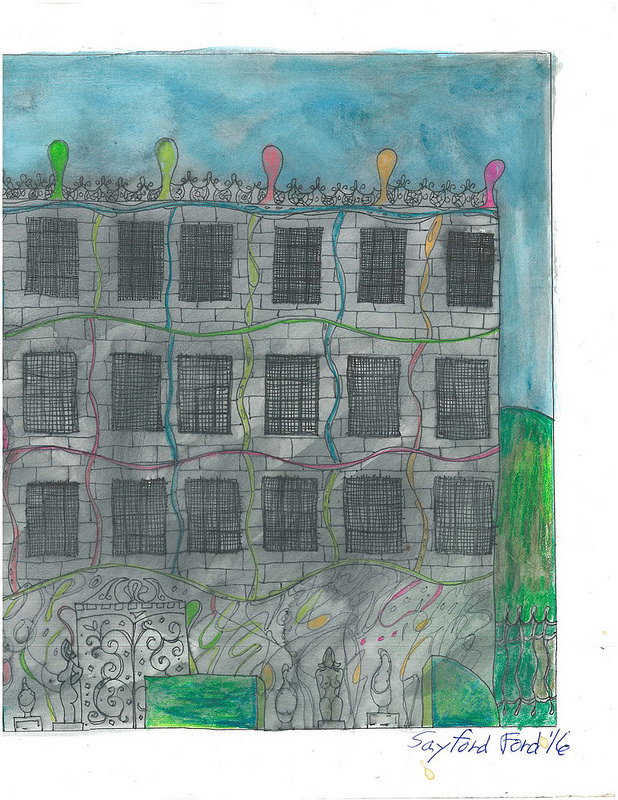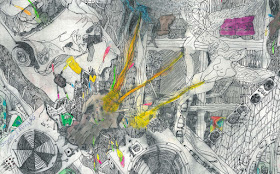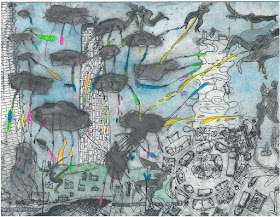bright colours,fluid shapesAndrea Pallidio,Country House green,blue,red,pink,orange,yellow,crayon,watercolour Life,60’s light shows,Gothic Cathederals,Notre Dame de Paris,classical topiary gardens,fences and gates,animals planets,and architecture,e-mail me for more info:sayport2@yahoo.com,click on "older posts" at bottom right of last post for more...
Monday, December 12, 2016
Friday, December 2, 2016
Orson Welles On Art
he offers his own version of the moral paradox Orson Welles seized on: “It would have been all but impossible for the greatest monuments of the Renaissance to have come into being had its foremost artists, writers, and philosophers not been mired in every kind of depravity and degradation.”
Great art, as Welles noticed, rarely appears in peaceful, pastoral societies, whether Switzerland, Lapland, or some tropical island paradise. It tends to turn up in wealthy, multifaceted, and tumultuous urban societies such as 15th-century northern Italy. Their usual accompaniment of high ambition, greed, steep social hierarchies, crimes of passion and calculation, and political and amorous intrigues provide either the subject matter for the art or the motivation to escape and transcend them through form, color, and harmony.
Great art is alchemy, extracting sublimity out of dark, devious realities. And as Lee points out, we could use some of that ourselves.


















































